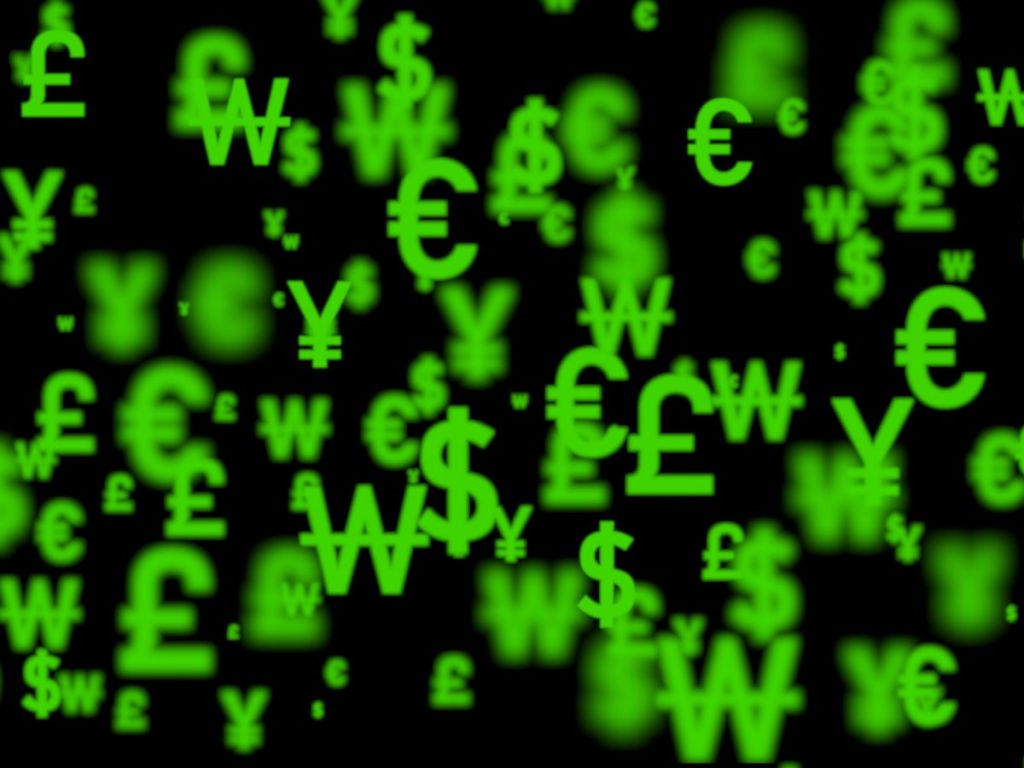Fractional reserve banking: One of the interesting revelations from the FTX implosion that appears to have caught some offside is the fact that FTX was engaged in a form of ‘fractional reserve banking’. In other words, it was selling crypto assets that it didn’t actually have.
This isn’t speculation, Sam Bankman-Fried (SBF) has already admitted as much.
To a limited degree, what FTX did was no different to traditional banking. However, there are some significant differences, most notably that one is fraudulent and deceptive, while the other perfectly legal. It does however raise the question of what fractional banking is about and how it relates to the FTX scandal that continues to deliver ever more shocking details by the day.
What is fractional reserve banking?
In the days when we had a gold standard – when paper money was backed by physical gold – a customer could theoretically walk into a bank and redeem their paper notes for gold. In principle, banks had to make sure the gold on hand matched the paper notes in circulation in the event that their customers decided to all come in at once and redeem their paper money for gold.
Those days are long gone and today, we have a fiat currency system. More specifically, we have what is known as a system of fractional reserve banking. In short, fractional reserve banking requires banks to only hold a small percentage of the customer deposits on hand. The rest of deposits can be used for investment activities, most often loans.
Creating money
Many people don’t realise it, but that is actually how money is created. Quite literally, it is created out of the thin air. Here’s how.
Most banks are required to maintain a ‘reserve ratio’ of between 2 and 10%. Put differently, when you see $100 in your savings account, it’s not actually there in full. You have a claim to $100, an IOU, but the the chances are that depending on the rules in your country, between $2 and $10 in physical currency is kept at the bank. The rest of it has been loaned out.
Below is an illustration to demonstrate the point as to how money is created. John deposits $1000 in the bank who then lends $900 to Sam. In the process, total money in supply has grown from $1000 to $1900.
John and Sam have claims against the bank for $1000 and $900 respectively – the IOUs. But in practice, they can access the funds by paying with their debit or credit card, or in principle, with cash. And in that sense, the money going out into the economy has increased from $1000 to $1900.
Advocates
Those who advocate for fractional reserve banking argue that it is a good thing because it allows banks to use idle funds to grow the economy. In principle that works fine, until there is a bank run, when customers come in demanding their deposits. Lebanon is one example where it has suffered from these sort of events periodically in the recent past.
Was FTX involved in it?
From what we know, absolutely. By now it is pretty evident that SBF was taking customer deposits on FTX and using those to trade through another entity, Alameda Research.
From a customer’s perspective, they would login to their FTX account and it would have a fiat currency balance as well as a crypto balance. In reality, those funds were not there.
In a sense, FTX was lending out its customer deposits to make other investments, much like a bank. But with a bunch of significant differences.
Difference between FTX’s conduct and fractional reserve banking
Well, quite obviously one was patently illegal and the other isn’t. The other is that traditional banks deal only with fiat currencies, not tokens like FTX’s FTT which ostensibly was printed out of thin air.
Fractional reserve banking is prevalent around most of the world, and save for the odd bank run here and there, it is largely functional. The key difference to FTX though is that banking deposits are insured, unlike centralised crypto exchanges.
In the US for example, all licensed banks are Federal Deposit Insurance Corporate (FDIC) insured to the value of US$250,000 per depositor, per bank, per account. That means, if your bank goes belly-up, you should be able to get your money back from the government. It’s also a good reason not to keep all your cash in one bank, to spread the risk.
And even then, if your bank has been very reckless and invested in all sorts of speculative investments, there is a chance that the central bank will step-in and save it. This was after all the reason for establishing a central bank in the first place, to act as lender of last resort. This hasn’t stopped banking failures as we saw in 2008 with investment banks such as Bear Sterns collapsing and going to zero.
FTX bankruptcy
In the case of FTX when it declared bankruptcy, there was no FDIC insurance. The government wasn’t ever going to step-in and save depositors. Furthermore, there was also no chance that the Federal Reserve, the US central bank, would step-in, as it has done in other instances of banking failures.
Aside from the rampant fraud, deception and illicit activity in plain sight, the FTX saga has forced some to consider the reality of the modern banking system. Some may be shocked once they understand the mechanics, but it would seem that most continue to remain oblivious. People as early as Henry Ford understood the significance.
“It is well enough that people of the nation do not understand our banking and monetary system, for if they did, I believe there would be a revolution before tomorrow morning.”
Henry Ford





